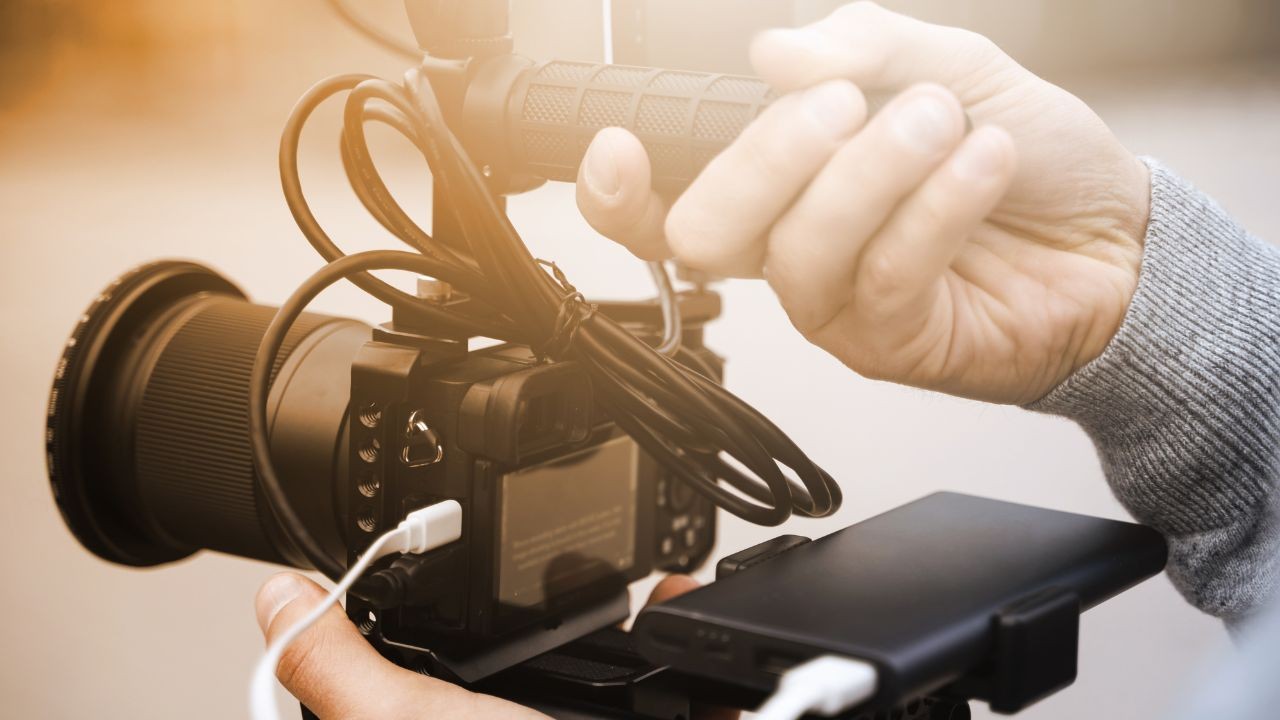Embossing is a versatile creative technique that may give various materials, like metal, surface, profundity, and visual intrigue. With the appropriate tools, such as a Metal Embossing Machines, you can use several techniques to achieve astounding effects. Embossing in layers gives depth by accounting for intricate and dynamic designs. We shall explore the world of embossing techniques in this essay, focusing on raised, multi-level, and blind embossing.
Uses Of Embossing
- Cosmetics industry — For the packaging of their products, the cosmetics industry frequently uses embossing. This is so even if the product isn’t as expensive as it appears since embossing produces a beautiful aesthetic that appeals to more customers.
- Music industry — For their CD covers, several musicians use embossing as well. Even though they are only starting, this makes the musician appear more seasoned in the music business.
- Technology Sector — To produce a more aesthetically pleasing look and feel, several technology sectors that sell cell phone accessories may also emboss their products. Embroidery can be found on some of the most popular cell phone cases available worldwide.
Types Of Embossing
- Blind Embossing
Blind embossing excludes the application of ink or foil to draw attention to the embossed region. The only discernible alteration brought about by the embossing is a change in the material’s dimensional appearance. On paper stock, the blind embossing method produces a clear, distinct, or understated image. It works best when utilized to give off a soft impression or draw less notice to the piece while yet giving the completed product a tiny bit of distinctiveness.
- Single Level Embossing
The image area is elevated to one flat level in a single-level emboss.
- Multi-level Embossing
Embossing with many levels and varying height depths is referred to as multi-level embossing. This makes the embossed image more intriguing by adding relief and texture.
- Combination Embossing
It is accomplished by utilizing a combination die to combine embossing and foil stamping processes.
- Fluted Embossing
It is created by aligning the embossed picture with printed graphics or another embossed image. frequently combined with foil blocking.
- Registered Embossing
It registers to emboss when an embossed image aligns with an image printed in ink, foil, or another embossed image. It gives the picture already there on the material a second layer of dimension.
- Pastelling
The process of pastelling is also known as tint leaf embossing. It entails applying a slight antique appearance to a substrate that has been embossed and foil stamped using a combination die. You can choose between pearl finishes, clear gloss, or comparable pastel foil finishes to give the embossed picture a delicate, two-color vintage appearance. The ideal stocks to achieve this subtle contrast effect are those with lighter colors.
- Glazing
Glazing refers to an embossed area that appears polished or shining. This operation is typically completed using pressure and heat, leaving a glossy imprint on the stock. Because the polished finish is much more evident and the dark color of the stock helps to remove or soften any burned appearance that may follow from the application of heat, dark-colored heavyweight stocks typically perform best with glazing. The procedure, when combined with foil, can give the foil a somewhat brighter appearance.
- Sculpted Embossing
Sculptured embossing refers to hand-tooled processes where the image is created from a drawing or photo, incorporating various depth levels for a three-dimensional, realistic feel.
- Scorching
While glazing and scorching are comparable, scorching does not result in a polished stock. Instead, scorching achieves its name’s suggestion by raising the die heating plate’s temperature above the usual range, producing a burned impression in the embossed image, giving it an aged or darkened appearance.
- Printed Embossing
This type of embossing occurs when the embossed area lines up with the printed picture. Depending on the client’s demands and requirements, you may place the bevel either within or outside the printed image.
- Tint Embossing
This innovative technique uses pastels or pearls in the embossing process. Although the process is the same as that for other forms of embossing, this one is in hot demand right now. Tinted embossing works best on white material because pastel and pearl foils are translucent.
- Debossing
In contrast to traditional embossing, which involves raising the surface areas, debossing involves depressing them.
For more information on embossing machines Visit Here To Related Posts.
Conclusion
Due to their ability to give depth to what would otherwise be a flat piece of paper, embossing adds another level to offset commercial printing. Alone, this can offer your design piece a more tactile touch and an eye-catching appearance. It is an innovative technique with a touch of sophistication and elegance.










